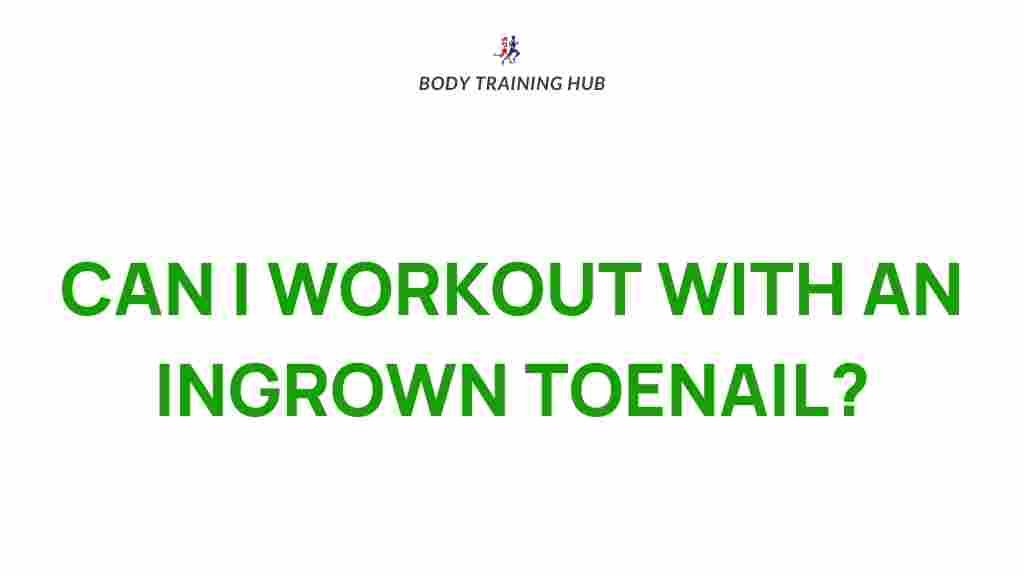Uncover the Truth About Fitness Myths
Fitness is an integral part of a healthy lifestyle, but it’s often clouded by misleading information. With so many “experts” and viral trends, separating fact from fiction can be challenging. In this article, we’ll address and debunk the most common fitness myths, ensuring you’re armed with accurate knowledge to achieve your health goals.
Whether you’re just starting your fitness journey or refining your routine, understanding these myths will help you avoid pitfalls and maximize your results.
Why Fitness Myths Persist
Fitness myths often originate from outdated research, anecdotal evidence, or marketing ploys. Despite advances in science, misinformation continues to spread due to:
- Social media trends that prioritize virality over accuracy.
- Misinterpretation of scientific studies.
- Bias from industries selling products or programs.
Let’s delve into the most prevalent myths and uncover the truth.
Myth #1: Cardio Is the Only Way to Lose Weight
Cardio often gets a reputation as the ultimate fat-burning exercise. While it’s effective for calorie expenditure, relying solely on cardio can hinder your progress.
The Truth: A balanced approach, combining strength training and cardio, is more effective. Building muscle boosts your metabolism, allowing your body to burn more calories even at rest.
For more insights on building an effective routine, check out our fitness training guide.
Myth #2: No Pain, No Gain
Many believe that intense soreness or discomfort is a sign of an effective workout. However, this can lead to overtraining or even injury.
The Truth: While challenging your body is essential, you don’t need to experience pain to see results. Proper technique, recovery, and progression are the cornerstones of sustainable fitness.
Myth #3: Spot Reduction Works
The idea that targeting specific areas with exercises like crunches or leg lifts will eliminate fat in those areas is a common misconception.
The Truth: Fat loss occurs throughout the body and depends on overall calorie balance. A combination of diet, full-body workouts, and patience is key.
Learn more about effective fat-loss strategies from trusted sources like the CDC’s weight management page.
Myth #4: Women Should Avoid Lifting Weights to Stay Feminine
Many women fear that strength training will make them bulky, leading them to avoid lifting weights.
The Truth: Women’s hormonal profiles make it difficult to achieve a bulky physique naturally. Weightlifting enhances muscle tone, boosts metabolism, and strengthens bones, contributing to a leaner, healthier body.
Myth #5: You Need Supplements for Results
The supplement industry markets products as essential for fitness success. This creates a dependency mindset among fitness enthusiasts.
The Truth: While some supplements can complement your routine, they are not necessary for progress. Focus on a balanced diet, adequate protein, and proper hydration.
Troubleshooting Common Fitness Misconceptions
Overcoming fitness myths requires critical thinking and a commitment to evidence-based practices. Here’s how you can avoid falling for misconceptions:
- Consult reputable sources such as scientific journals and certified trainers.
- Avoid one-size-fits-all advice. Everyone’s body responds differently.
- Stay updated with the latest research and best practices.
Final Thoughts: Fitness Myths Debunked
Debunking these common fitness myths allows you to focus on what truly works. By following evidence-based strategies, you can achieve your fitness goals while avoiding unnecessary frustrations or risks.
Remember, consistency, balanced nutrition, and listening to your body are more effective than any quick-fix solution. Stay informed, and you’ll continue to make meaningful progress on your fitness journey.
This article is in the category Myths & Facts and created by BodyTraining Team
